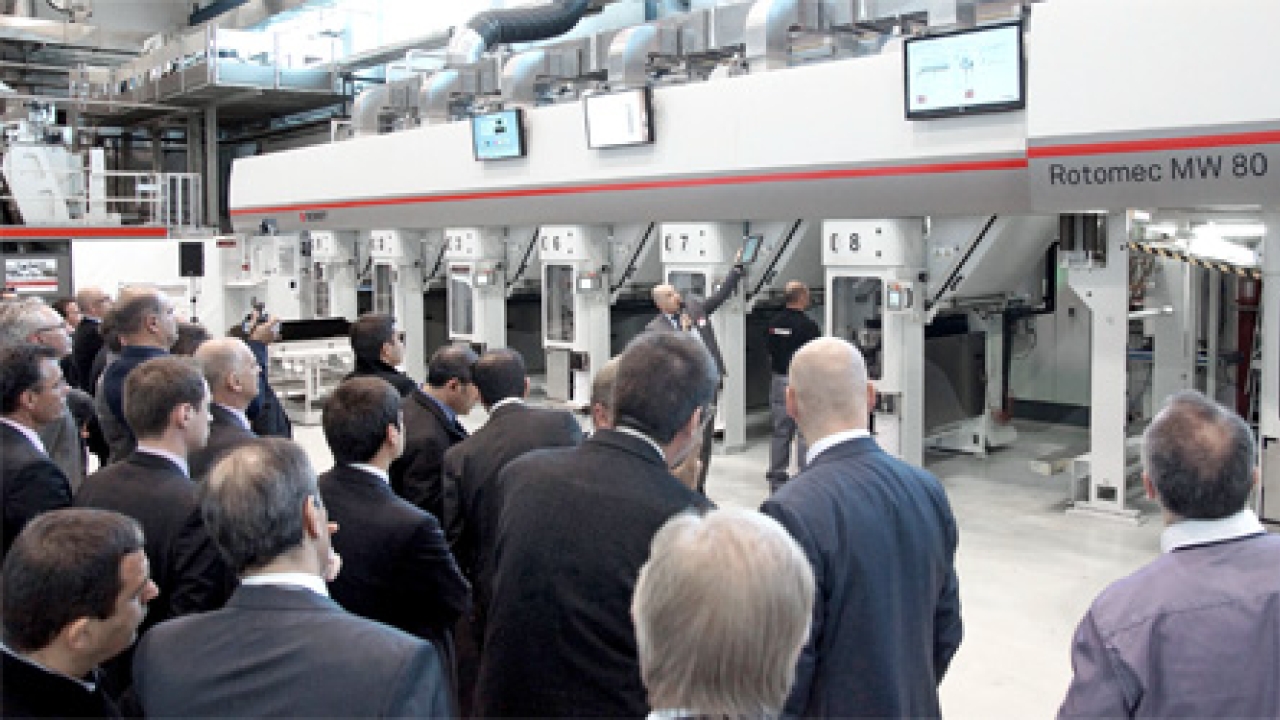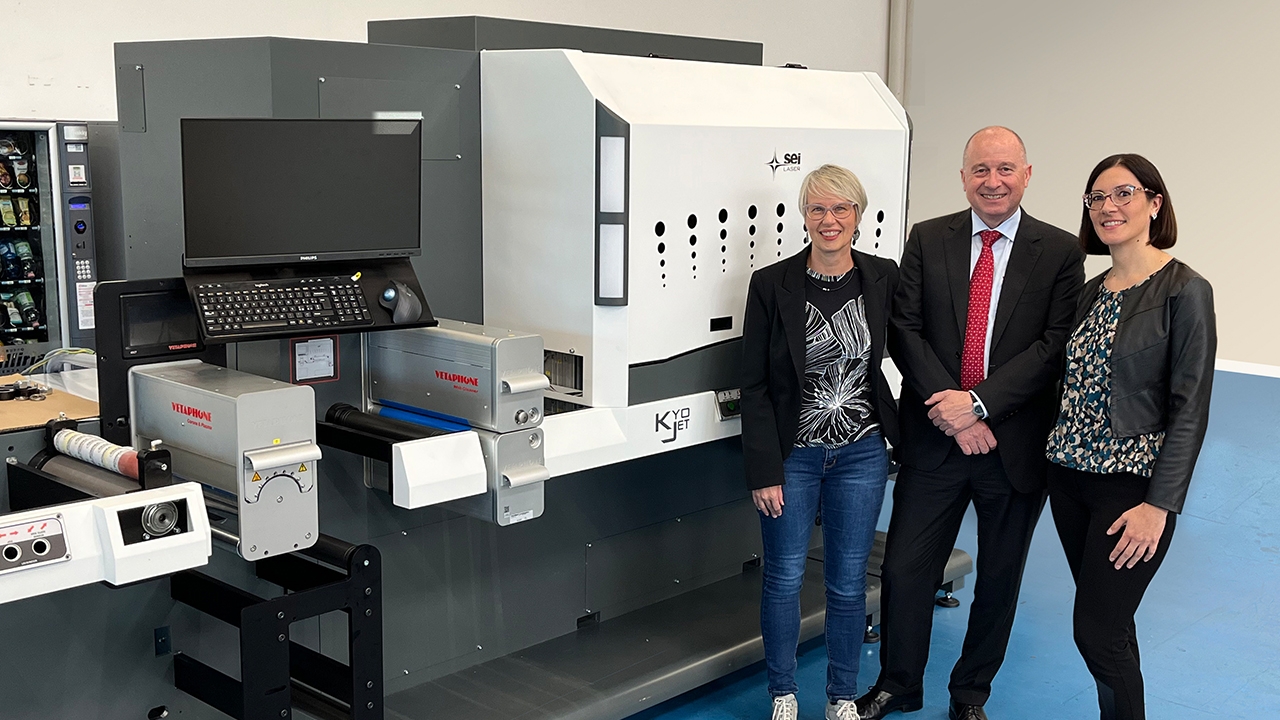Bobst showcases developments in high barrier films and short-run gravure printing
Bobst has reported a strong response and reaction to its recent Open House event in Italy, where it discussed developments in high barrier films and short-run gravure printing.

150 guests attended the event, held in the historic Castello di Uviglie in the Monferrato hills in Italy on October 28-29, and heard about the latest developments from a line-up of speakers including Bobst experts and representatives of international companies from throughout the flexible packaging value chain.
The speakers addressed the challenges and opportunities that the latest materials, systems and production tools offer to the growth strategies of printing and converting companies.
With regard to high barrier films, this saw Dr Carolin Struller, KTP research associate at Bobst Manchester, speak about transparent barrier films coated with AlOx and their conversion for packaging applications.
Struller illustrated Bobst’s own in-depth research on AlOx clear coating, from the way it is produced and its performance on various filmic substrates through to its barrier retention with subsequent processes of printing and converting.
Kurt Freye and Daniele Cerizzi, from Reifenhäuser Kiefel Extrusion and Reifenhäuser Cast Sheet Coating respectively, presented the latest developments in blown film and cast extrusion for high barrier applications which reflect the trend for lower pack weights yet with increasing pack performance.
Paolo Serafin, of Taghleef Industries, presented its Extendo film applications that offer better recycling possibilities.
In regards to short-run gravure printing, Stuart Jones of Janoschka spoke about the innovations the company has been working on in rotogravure sleeve systems, as well as on the retail trends for mass customization.
Professor Armin Weichmann, from Stuttgart Media University, illustrated the studies that the institute is carrying out on conductive layers, cylinder stability and the feasibility of nickel to replace copper and chromium in engraved cylinders. Weichmann also spoke about how the Rotomec MW 60 gravure press installed in the university pressroom is a key part of all its projects because it nears production conditions – something which is essential for the validity of the trials carried out on the behalf of converters.
The gravure technology update was rounded off by Giovanni Caprioglio from Bobst Italia, who illustrated the range of Bobst gravure presses for flexible materials, focusing on the minimized waste concept of the Rotomec MW 60/80 presses.
Attendees witnessed demonstrations of an 850mm-wide MW 80 gravure printing press for very short runs installed in Bobst Italia's technology center. A demo job was shown printing on a 12-micron PET substrate coated with AlOx. Demonstrations of other Bobst technology were also made, including of solvent-based lamination on the CL 850D duplex laminator, equipped with a flexo coating trolley, which laminated a seven-micron aluminum substrate onto a 12-micron PET film.
Further, Philippe Roulet from Nestlé gave a presentation illustrating all the factors that determine the way packaging needs to evolve in order to better respond to the new and diverse requirements of the consumer. He spoke about breaking the rules, generating value for the consumer, streamlining and standardizing the structures of materials wherever possible, and implementing new technologies into processes.
Stay up to date
Subscribe to the free Label News newsletter and receive the latest content every week. We'll never share your email address.

